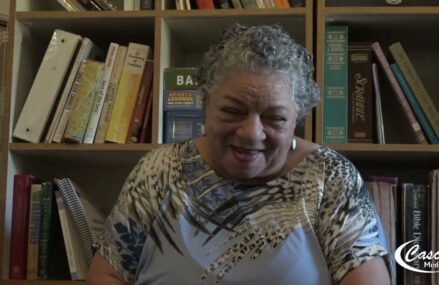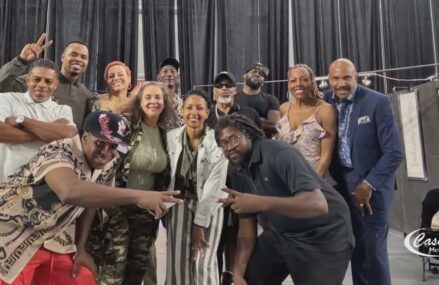By Ronald L. Chaney
Art is a reflection of society and is often used to validate a society’s opinion of itself. It should have the freedom to do that in any community. At times, possibly at a cost, artists push, constrict and define cultural boundaries through their work. It can be funny. It can make you angry, sad or reflective. It can be saturated with political relevance or make a mockery of religious icons. It has the power to define imagery for millenniums. It has tremendous importance when defining ourselves through our religion, our politics and our history.
Religious art helped define what we know most about the Renaissance period. Depictions of Jesus Christ as a European male dominate western religion iconography. Yet, the few details given about Christ’s appearance are not close to this depiction. Although it should not matter, it is reasonable for a culture to depict their deity to look as they collectively do. Art can define conceptual imagery. That’s exactly why art is so important. It can define us, just as European artist have shaped our concepts of what we perceive Christ’s appearance would be like.
Becoming a teenager in Watts, California in the 60’s, one could find the imagery of The Black Panther Party almost everywhere in the area. This was due to the art work of Emory Douglas. Douglas had a profound understanding of the power of images and used them effectively to communicate Panther ideology. Even when intelligence agencies purposely changed articles to perpetuate distrust and jealousy among other organizations, the art work of Emory Douglas had to be kept as he presented it. The imagery was so strong and powerful that to change it could have given cause for suspicion. 40 years later Douglas’ work was exhibited at The Museum of Contemporary Art, in an exhibit called Black Panther: the Revolutionary Art of Emory Douglas. (http://www.moca.org/emorydouglas/) His art work was essential to the party’s mystique and played an important part in the acceptance of the party in South Central Los Angeles. The visual arts are important to politics of course, but it also can capture demographic change in a people’s history.
The Migration of the Negro, 60 paintings by Jacob Lawrence (1917-20000), http://www.phillipscollection.org/migration_series/ chronicles hundreds of thousands of African Americans looking for a better life. The series of paintings is to that particular juncture in African American history as John Steinbeck’s, The Grapes of Wrath, is to The Dust Bowl. Through his art, Lawrence captures with paint what words cannot. The paintings are a testament to the strength and vitality of a people who sought opportunity and would do whatever it took to take advantage of it. These are important renderings because in some way or another the nation and African Americans in particular were changed by what they represent. Art in this case was used to catalog that movement.
Make no mistake; all of us are affected by art. It is with us whether we are conscious of it or not. Artists are free to capture through their unique way of looking at things what we might miss. By supporting them, we give them the freedom to share their vision and talent.
Ronald Chaney is the Director/Owner of Ethnic Art Gallery, located at 5930 Troost Avenue, Kansas City, Missouri and will continue to provide commentary on the arts in the Greater Kansas City area on this website. He can be reached at 816-361-7700 or [email protected].



